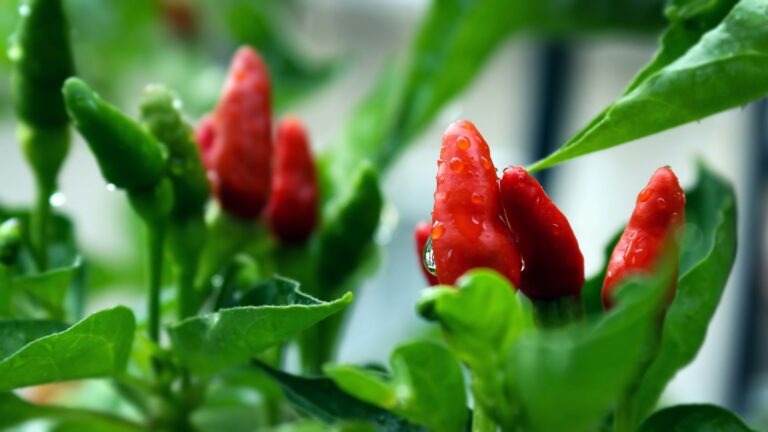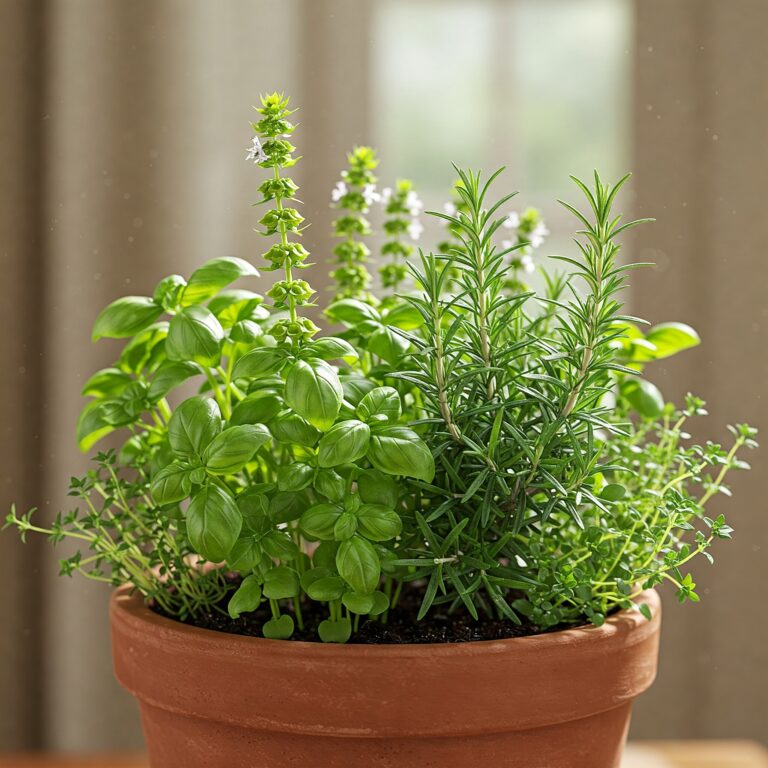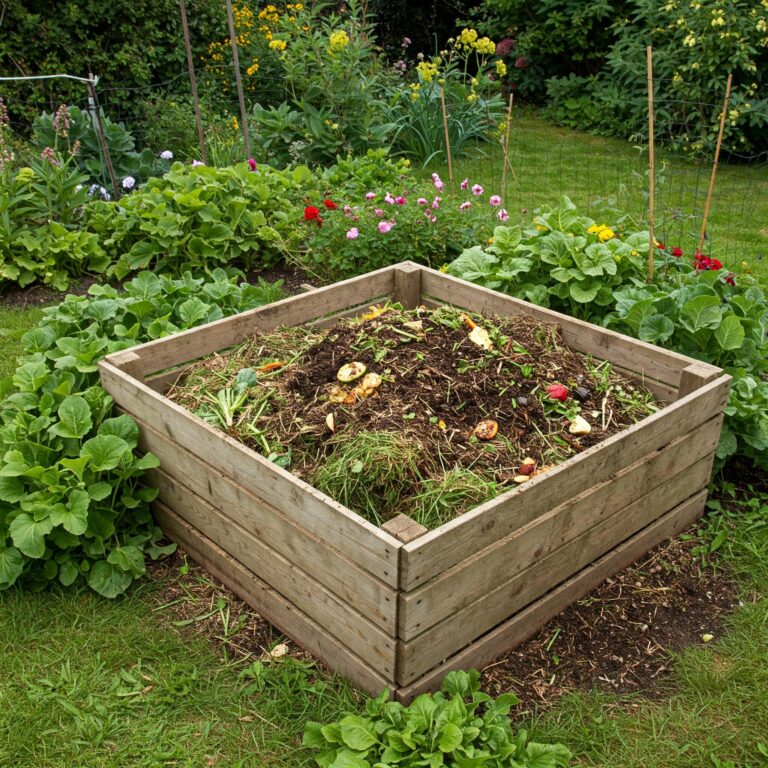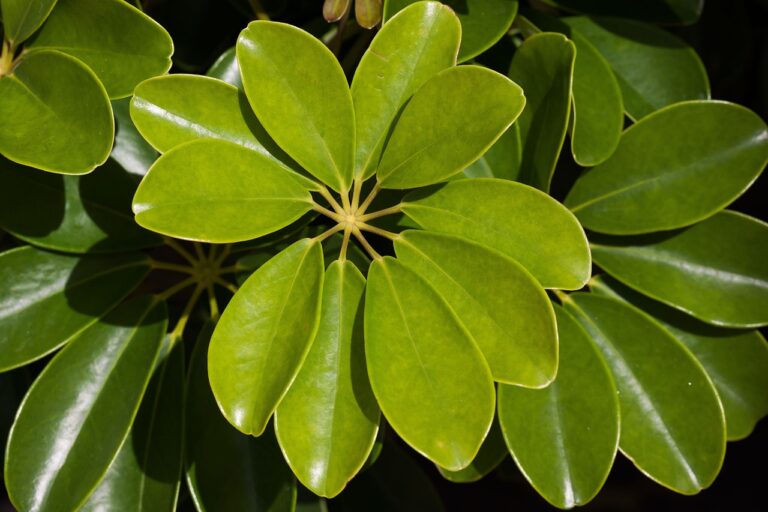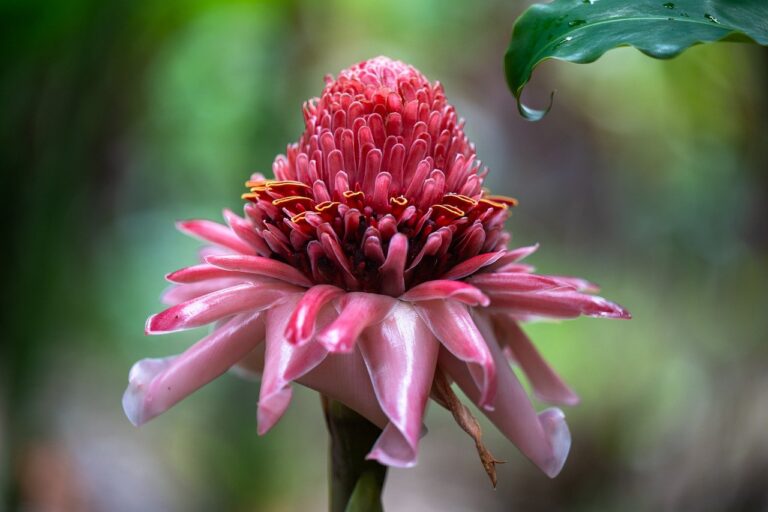Oh, the excitement of bringing home a new leafy friend! We’ve all been there—hearts racing, wallets a bit lighter, but spirits soaring with our latest plant purchase. But hold up, plant parents! Did you know that the first 24-48 hours after bringing a plant home can make or break its future? Yep, it’s true! A study by the University of Florida found that proper post-purchase care can increase a plant’s survival rate by up to 80%!
That’s huge! So, before you plop that gorgeous new greenery just anywhere, let’s dive into the essential know-how of how to care for plants after shopping. Trust me, your future jungle will thank you!
How To Care For Plants After Shopping
The Crucial First Steps: From Car to Home
Safe Transportation Techniques for Different Plant Types
Transporting your plant home safely is the first crucial step in ensuring its survival. Delicate plants, such as ferns and succulents, require extra care. Use seat belts to secure larger pots, and keep smaller plants in boxes to prevent tipping. Avoid leaving plants in a hot car, as temperature spikes can cause stress or even kill your new plant.
Immediate Care Upon Arrival: What to Do First
Once home, resist the urge to immediately place your plant in its new spot. Instead, start by carefully inspecting it for any signs of stress or damage. Remove any dead leaves and check the soil moisture. If it’s dry, give it a gentle watering.
Temporary Placement Strategies for Acclimation
Your plant needs time to adjust to its new environment. Place it in a shaded, stable area for the first few days. This will help it acclimate to your home’s temperature and humidity levels. Gradually introduce it to the light conditions it will experience in its permanent location.
Checking for and Addressing Any Travel-Related Damage
During transport, your plant might have encountered some bumps and bruises. Examine it thoroughly for any broken stems or damaged leaves. If you notice any, prune them carefully to encourage healthy new growth.
Understanding Your New Plant’s Needs
Decoding Plant Care Tags and Instructions
Your plant likely came with a care tag—don’t ignore it! These tags contain vital information about the plant’s light, water, and temperature needs. Use this as a starting point for creating your care routine.
Researching Specific Care Requirements for Your New Plant
Different plants have different needs. Research your specific plant species to understand its unique requirements. This will help you tailor your care approach and ensure that your plant thrives in its new environment.
Assessing Current Plant Health and Identifying Any Issues
Before you dive into a new care routine, take time to assess your plant’s current health. Look for signs of pests, disease, or nutrient deficiencies. Addressing these issues early can prevent bigger problems down the line.
Creating a Personalized Care Plan Based on Your Home Environment
Consider the light, temperature, and humidity levels in your home. Create a care plan that aligns with your plant’s needs and your home’s conditions. This personalized approach will set your plant up for success.
Mastering the Art of Acclimation
Why Acclimation Is Crucial for Plant Survival
Acclimation is the process of gradually adjusting your plant to its new environment. This step is crucial because plants can experience shock when exposed to drastically different conditions. A proper acclimation period can significantly increase your plant’s chances of thriving.
Step-by-Step Guide to Gradual Light and Temperature Adjustment
Start by placing your plant in an area with indirect light, even if it requires bright light eventually. Over the course of a week, slowly move it closer to the light source. Similarly, ensure the temperature change is gradual to prevent shock.
Many store-bought plants come from greenhouses with high humidity levels. If your home is drier, consider using a humidity tray or misting the plant regularly during the acclimation period.
Acclimation times can vary depending on the plant. Most plants need about one to two weeks to adjust fully, but more sensitive species might require longer. Monitor your plant closely and adjust the timeline as needed.
To Repot or Not to Repot?
Not all plants need immediate repotting, but there are signs that yours might. If roots are growing out of the pot’s drainage holes or the soil is compacted, it’s time to repot.
Selecting the right pot and soil is crucial for your plant’s health. Choose a pot with good drainage and a soil mix appropriate for your plant type. For example, cacti and succulents need well-draining soil, while ferns prefer a more moisture-retentive mix.
Start by gently removing the plant from its current pot, being careful not to damage the roots. Place it in the new pot and fill it with fresh soil, ensuring the plant is at the same depth as before. Water thoroughly and place the plant in a suitable location.
After repotting, give your plant some time to adjust. Avoid direct sunlight for a few days and monitor it for signs of stress. Continue to water and care for it according to its needs, and watch for new growth as a sign of successful repotting.
Watering Wisdom for Newly Purchased Plants
Store-bought plants often have different watering needs than established ones. It’s crucial to understand how much water your new plant requires and how often it should be watered.
Before watering, check the soil moisture by sticking your finger an inch or two into the soil. If it’s dry at that depth, it’s time to water. For more accuracy, consider using a moisture meter.
Based on your plant’s needs and the conditions in your home, create a watering schedule. Consistency is key to helping your plant adjust to its new environment.
Common Watering Mistakes to Avoid With New Plants
Overwatering is a common mistake with new plants. Ensure that the pot has good drainage and avoid watering if the soil is still moist. Conversely, don’t let the soil dry out completely between waterings, as this can stress the plant.
Feeding Your New Plant: Fertilization 101
When to Start Fertilizing Your Newly Purchased Plant
Most new plants don’t need immediate fertilization. Wait a few weeks to allow the plant to acclimate before introducing fertilizer. This gives the plant time to adjust without the added stress of new nutrients.
Different plants require different fertilizers. For example, flowering plants may benefit from a bloom booster, while leafy plants thrive on a balanced fertilizer. Always follow the recommended dosage to avoid over-fertilization.
When you’re ready to fertilize, do so during the plant’s active growing season. Dilute the fertilizer to half strength to avoid overwhelming the plant. Apply the fertilizer evenly across the soil and water it in thoroughly.
Signs of Over-Fertilization and How to Correct It
Signs of over-fertilization include yellowing leaves, salt buildup on the soil surface, and slowed growth. If you suspect over-fertilization, flush the soil with water to remove excess salts and skip the next few fertilization cycles.
Pruning and Grooming Your New Plant
Pruning is essential for encouraging healthy growth and removing any damaged or dead parts of the plant. Trim back any leggy growth to encourage bushier development.
If your plant came with tags, stakes, or decorative items, remove them carefully. These can restrict growth or cause damage if left on too long. Use clean scissors to cut tags without harming the plant.
Dusty leaves can block sunlight and reduce photosynthesis. Gently clean your plant’s leaves with a damp cloth to keep them healthy. Also, ensure good air circulation around the plant to prevent disease.
Check your new plant for any pests that might have hitched a ride from the store. Look under leaves and along stems for signs of insects or eggs. If you find any, treat the plant immediately to prevent an infestation.
7 Essential Tips for Growing Healthy Chili Plants in Pots
Why Are My Succulent Plant Leaves Falling Off?
Integrating Your New Plant into Your Existing Collection
Choosing the right spot for your new plant is critical for its long-term health. Consider its light and temperature needs, and place it where it will thrive.
When adding a new plant to your collection, quarantine it for a week or two to ensure it’s pest-free. This prevents potential infestations from spreading to your other plants.
Group plants with similar needs together to create a mini ecosystem where they can thrive. For example, place humidity-loving plants together to maintain higher moisture levels.
With new plants in the mix, you may need to adjust your care routines. Monitor how your new plant fits into your existing setup and make changes as necessary to ensure all your plants receive the care they need.
Growing Spider Plant Babies in Water: A Simple Guide
Conclusion
Whew! We’ve just unpacked the ultimate guide to loving your new plant baby from day one! Armed with these tips on how to care for plants after shopping, you’re all set to give your green newbie the red carpet treatment it deserves.
Remember, patience is key—your plant’s just been through quite the journey! With a little TLC, the right environment, and these pro tips, you’ll be watching your new addition thrive in no time. So go ahead, plant shoppers—bring home those green beauties with confidence. Your growing urban jungle awaits its newest star!
